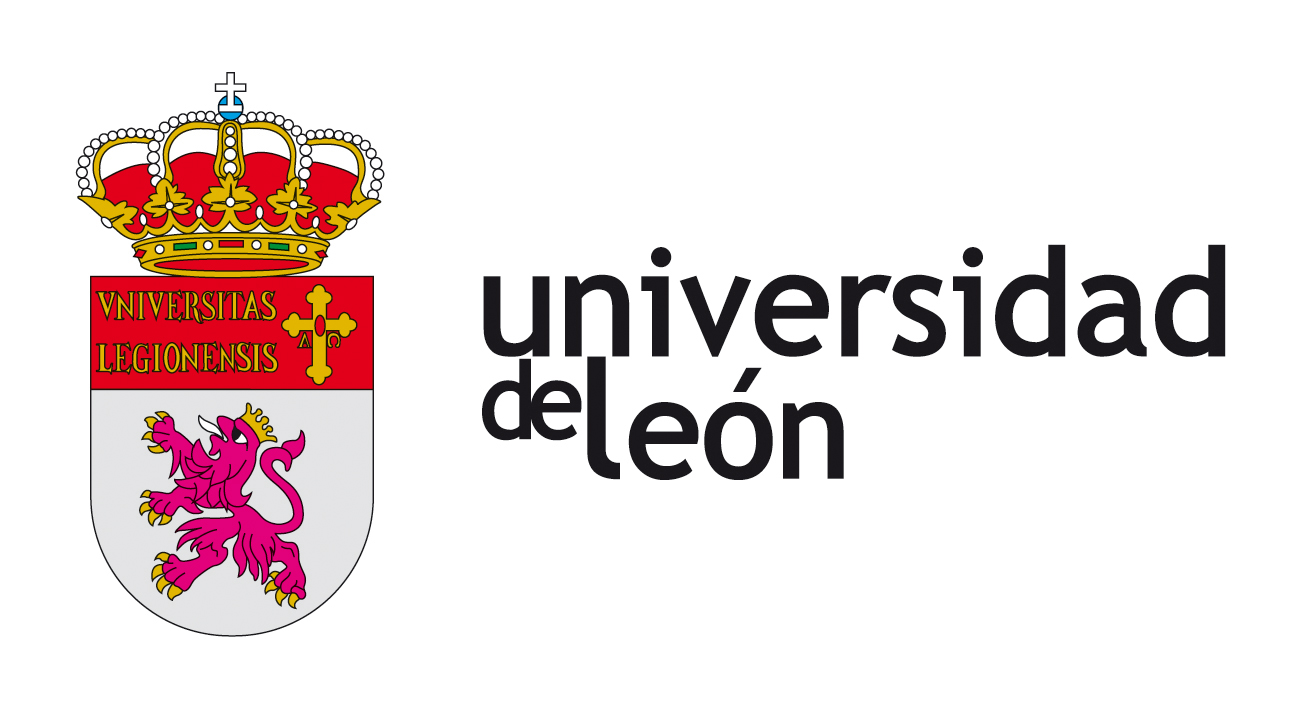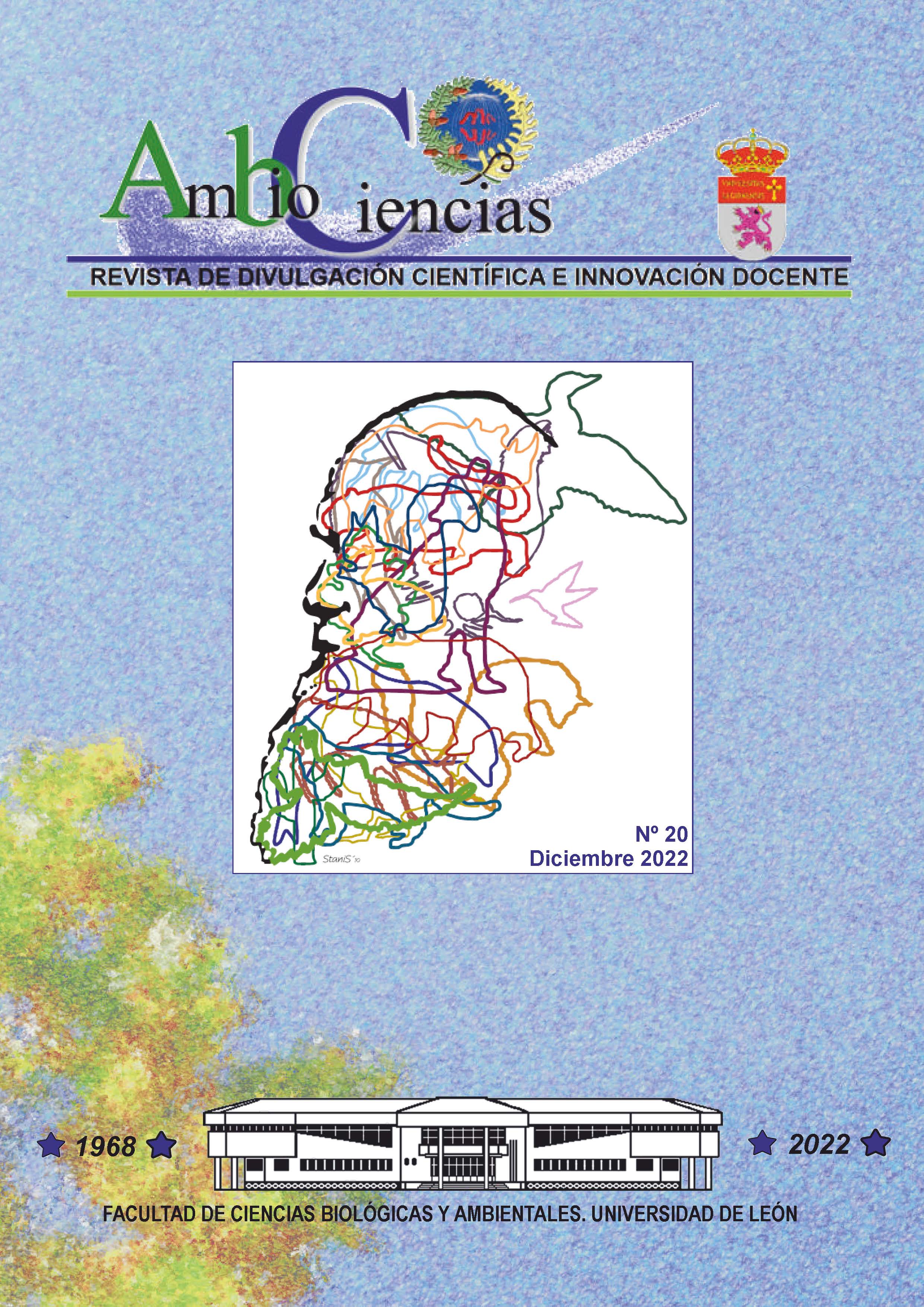La inteligencia artificial en biomedicina
Oportunidades y desafíos
DOI:
https://doi.org/10.18002/ambioc.i20.7484Resumo
“¿Las máquinas pueden pensar?”. Esta pregunta se la formuló Alan Turing1, considerado como el padre de la computación, ya en el año 1950 (Turing, 1950). Al mismo tiempo, formuló un pequeño juego al que acuñó el nombre de “juego de las imitaciones”. El juego consiste en que una persona A interactúa con una máquina B y una persona C, e intentará adivinar cuál de ellos es la máquina. A no tiene acceso visual ni sonoro a B ni a C: sólo se puede comunicar a través de una terminal con ambas. El nombre de “imitación” se refiere a que la máquina B intentará replicar el comportamiento de la persona C. Este juego ha pasado a conocerse como el Test de Turing, que además ha extendido la idea básica del juego de las imitaciones: ¿podemos distinguir entre una persona y una máquina, por ejemplo, durante una conversación por mensajes de texto? ¿Y durante una llamada telefónica? Puede que un día tengamos incluso que preguntarnos si podemos distinguir a una persona de un robot.
Downloads
Referências
Atasoy, H., Greenwood, B. N. y McCullough, J. M. 2019. The digitization of patient care: A review of the effects of electronic health records on health care quality and utilization. Annual Review of Public Health 40(1):487–500.
BBC News. 2012. “Alan Turing: The Codebreaker Who Saved ‘Millions of Lives,’” June 13, 2012. https://www.bbc.com/news/technology-18419691.
BBC News. 2022. “Take a Ride around San Francisco in a Driverless Taxi.” https://www.bbc.com/news/av/technology-63077437. Accessed October 29, 2022.
“Beyond One Million Genomes (B1MG) Project.” n.d. Accessed November 2, 2022. https://b1mg-project.eu/.
Brown, T. B., Mann, B., Ryder, N., Subbiah, M., Kaplan, J. et al. 2020. Language models are few-shot learners. arXiv:2005.14165.
Chang, Y., Park, H., Yang, H.-Y., Lee, S., Lee, K.-Y. et al. 2018. Cancer drug response profile scan (CDRscan): A deep learning model that predicts drug effectiveness from cancer genomic signature.” Scientific Reports 8(1):8857.
Chiu, Y.-C., Chen, H.-I. H., Zhang, T., Zhang, S., Gorthi, A. et al. 2019. Predicting drug response of tumors from integrated genomic profiles by deep neural networks. BMC Medical Genomics 12 (1):18.
Cirillo, D., Catuara-Solarz, S., Morey, C., Guney, E., Subirats, L. et al. 2020. Sex and gender differences and biases in artificial intelligence for biomedicine and healthcare.” Npj Digital Medicine 3 (1):81.
Cirillo, D., Gonen, H., Santus, E., Valencia, A., Costa-jussà, M. R. y Villegas, M. 2022. Sex and gender bias in natural language processing.” In Sex and Gender Bias in Technology and Artificial Intelligence, 113–132. Elsevier.
Cirillo, D. y Valencia, A. 2019. Big data analytics for personalized medicine. Current Opinion in Biotechnology 58:161–167.
“DALL·E 2.” n.d. Accessed October 29, 2022. https://openai.com/dall-e-2/#demos
“ELIXIR.” n.d. ELIXIR. Accessed November 2, 2022. https://elixir-europe.org/
“European Health Data Space.” n.d. Accessed November 2, 2022. https://health.ec.europa.eu/ehealth-digital-health-and-care/european-health-data-space_en
“Federated EGA - EGA European Genome-Phenome Archive.” n.d. Accessed November 2, 2022. https://ega-archive.org/federated.
“Global Alliance for Genomics and Health.” n.d. Accessed November 2, 2022. https://
www.ga4gh.org/
Grewal, J. K., Tessier-Cloutier, B., Jones, M., Gakkhar, S., Ma, Y. et al. 2019. Application of a neural network whole transcriptome-based pan-cancer method for diagnosis of primary and metastatic cancers.” JAMA Network Open 2(4):e192597.
“High Performance Computing - OpenStax CNX.” n.d. Accessed October 29, 2022. https://cnx.org/contents/u4IVVH92@5.2:10pAFv4r@3/Introduction-to-High-Performance-Computing
“How Many Hours of Video Are Uploaded to YouTube Every Minute in 2022? - Earth- Web.” 2022. August 2, 2022. https://earthweb.com/how-many-hours-of-videoare-
uploaded-to-youtube-every-minute/
Huang, C., Clayton, E. A., Matyunina, L. V., McDonald, L. D., Benigno, B. B. et al. 2018. Machine learning predicts individual cancer patient responses to therapeutic drugs with high accuracy. Scientific Reports 8(1):16444.
“IMPaCT | IMPaCT-Data. Infraestructura de Medicina de Precisión Asociada a La Ciencia y La Tecnología.” n.d. Accessed November 2, 2022. https://impact-data.bsc. es/about/impact/
Jiao, W., Atwal, G., Polak, P., Karlic, R., Cuppen, E., PCAWG Tumor Subtypes and Clinical Translation Working Group et al. 2020. A deep learning system accurately classifies primary and metastatic cancers using passenger mutation patterns. Nature Communications 11(1):728.
Kaul, V., Enslin, S. y Gross, S. A. 2020. History of artificial intelligence in medicine. Gastrointestinal Endoscopy 92(4):807–812.
Köhler, S., Gargano, M., Matentzoglu, N., Carmody, L. C., Lewis-Smith, D. et al. 2021. The human phenotype ontology in 2021. Nucleic Acids Research 49(D1):D1207–1217.
Lacoste, A., Luccioni, A., Schmidt, V. y Dandres, T. 2019. Quantifying the carbon emissions of machine learning. arXiv:1910.09700.
Malamateniou, C., Knapp, K. M., Pergola, M., Woznitza, N. y Hardy, M. 2021. Artificial intelligence in radiography: Where are we now and what does the future hold Radiography 27: S58–62.
“MareNostrum.” n.d. BSC-CNS. Accessed October 29, 2022. https://www.bsc.es/es/marenostrum/marenostrum
Montagud, A., Ponce-de-Leon, M. y Valencia, A. 2021. Systems biology at the giga-scale: large multiscale models of complex, heterogeneous multicellular systems. Current Opinion in Systems Biology 28:100385.
Niazi, M. K. K., Parwani, A. V. y Gurcan, M. N. 2019. Digital pathology and artificial intelligence. The Lancet Oncology 20(5):e253–261.
Ronneberger, O., Fischer, P. y Brox, T. 2015. U-Net: convolutional networks for biomedical image segmentation. In Medical Image Computing and Computer-Assisted Intervention – MICCAI 2015, edited by N. Navab, J. Hornegger, W. M. Wells y A. F. Frangi, 9351:234–241. Lecture Notes in Computer Science. Cham: Springer International Publishing.
Sagiroglu, S. y Sinanc, D. 2013. Big data: A review. In 2013 International Conference on Collaboration Technologies and Systems (CTS), 42–47. San Diego, CA, USA: IEEE. Sayce, D. 2022. The number of tweets per day in 2022. David Sayce. August 3, 2022. https://www.dsayce.com/social-media/tweets-day/
Stringer, C., Wang, T., Michaelos, M. y Pachitariu, M. 2021. Cellpose: A generalist algorithm for cellular segmentation. Nature Methods 18(1):100–106.
The Cancer Genome Atlas Research Network, Weinstein, J. N., Collisson, E. A., Mills, G. B., Shaw, K. R. M. et al. 2013. The Cancer Genome Atlas Pan-Cancer Analysis Project. Nature Genetics 45(10):1113–1120.
Topol, Eric. n.d. “Deep Medicine.” Eric Topol (blog). Accessed October 29, 2022. https://drerictopol.com/portfolio/deep-medicine/
Tran, K. A., Kondrashova, O., Bradley, A., Williams, E. D., Pearson, J. V. y Waddell, N. 2021. Deep learning in cancer diagnosis, prognosis and treatment selection. Genome Medicine 13(1):152.
Turing, A. M. 1950. Computing machinery and intelligence. Mind 59(236):433–460.
Venkatesh, K. P., Raza, M. M. y Kvedar, J. C. 2022. Health digital twins as tools for precision medicine: Considerations for computation, implementation, and regulation. Npj Digital Medicine 5(1):150.
Villegas, M., Gonzalez-Agirre, A., Gutiérrez-Fandiño, A., Armengol-Estapé, J., Carrino, C. P. et al. 2020. Predicting the evolution of COVID-19 mortality risk: A recurrent neural network approach. medRxiv – Infectious Diseases 12.22.20244061.
Witowski, J., Heacock, L., Reig, B., Kang, S. K., Lewin, A. et al. 2022. Improving breast cancer diagnostics with deep learning for MRI. Science Translational Medicine 14(664):eabo4802.
Yu, K.-H., Beam, A. L. y Kohane, I. S. 2018. Artificial intelligence in healthcare. Nature Biomedical Engineering 2(10):719–731.
Zhao, Y., Pan, Z., Namburi, S., Pattison, A., Posner, A. et al. 2020. CUP-AI-Dx: A tool for inferring cancer tissue of origin and molecular subtype using RNA gene-expression data and artificial intelligence. EBioMedicine 61: 103030.
Downloads
Publicado
Como Citar
Edição
Secção
Licença
Direitos de Autor (c) 2022 Guillermo Prol Castelo, Beatriz Urda, Iker Núñez Carpintero, Davide Cirillo, Alfonso Valencia

Este trabalho encontra-se publicado com a Licença Internacional Creative Commons Atribuição-NãoComercial-CompartilhaIgual 4.0.
Los autores que publican en esta revista están de acuerdo con los siguientes términos:
- Los autores ceden de forma no exclusiva los derechos de explotación (reproducción, distribución, comunicación pública, transformación) a la Universidad de León, por lo que pueden establecer, por separado, acuerdos adicionales para la distribución no exclusiva de la versión de la obra publicada en la revista (por ejemplo, alojarlo en un repositorio institucional o publicarlo en un libro), con un reconocimiento de su publicación inicial en esta revista.
- Este trabajo se encuentra bajo la Creative Commons Attribution-NonCommercial-ShareAlike 4.0 International License. Puede consultarse desde aquí la versión informativa y el texto legal de la licencia.
- Se permite y se anima a los autores a difundir electrónicamente las versiones pre-print (versión antes de ser evaluada) y/o post-print (versión evaluada y aceptada para su publicación) de sus obras antes de su publicación, ya que favorece su circulación y difusión más temprana y con ello un posible aumento en su citación y alcance entre la comunidad académica.







